Mixing on Monitors or Headphones? How to Get a Clean Mix That Sounds Good Everywhere
When working on a mix, we often spend hours tweaking, equalizing and compressing our tracks to perfection. Everything sounds great in our studio, but once we put it on in our car or a friend’s stereo system, something goes wrong. Our perfect mix is suddenly too bassy or way too thin. It’s as if our tracks have undergone some strange metamorphic change the moment they leave the studio. Are the music production gods punishing us? What happened to our precious mix? How do we get a mix that sounds good everywhere we listen to it?
Fortunately, it’s not the music production gods meddling with our tracks. There are some concrete things we can do to ensure our productions sound their best in all listening environments.
A Flat Frequency Response is Key
All speakers and headphones have a particular frequency response. Simply put, a frequency response is the level a speaker outputs particular frequencies. This is usually illustrated with a graph in which the X-axis is the frequency in Hertz (Hz) and the Y-axis represents volume in decibels (dB). The line on the graph shows the speaker’s output volume at each frequency. Smaller speakers, like those on a laptop, will likely have a frequency response that shows higher volumes for mid-range and high-end frequencies, with a significant drop in the lower, sub-bass frequencies. On the other hand, a 15” sub speaker for a PA system will likely show a drastic drop-off in response starting with the mid-range and into the high frequencies.
Many popular stereo systems and headphones are marketed as professional or high-end and tout features like hyped-up bass in their advertising. While feeling your house rattle away from its foundation may be what you want for your next big birthday party, systems with exaggerated frequency boosts will undoubtedly ruin your mixing. When mixing, we want a clean or flat response from our gear. Stereo systems that boast extra bass and crisp highs will artificially color your mix, making it difficult to achieve a proper balance. Imagine trying to paint a landscape accurately while looking at it through a stained-glass window. How will you know what is green or blue when your window is tinted yellow and purple? This is essentially what most home stereo systems are doing to your sound. Conversely, equipment with a flat frequency response will give you a clear window to mix through. This allows you to make accurate decisions about your mix.
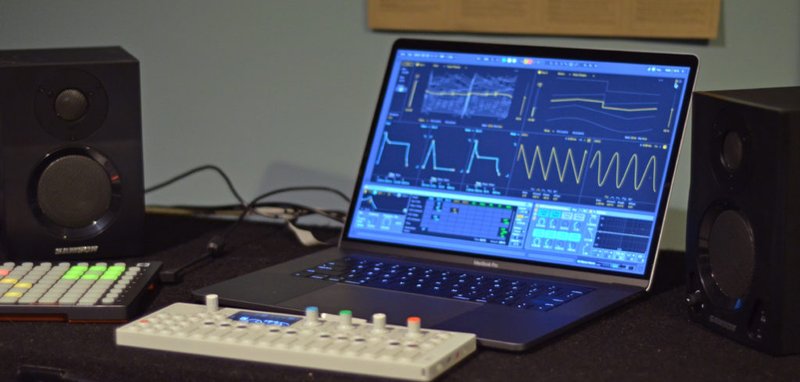
Mixing on Monitors or Headphones
One of the more common questions people ask about mixing is whether they should be using headphones or studio monitors. Online message boards are filled with die hards on both sides of the debate. The truth is, much like the Analog vs. Digital debate, each method has its merits. Both headphones and monitors are essential tools in achieving a balanced mix. But there are some things we need to consider so we can maximize the benefit of each.
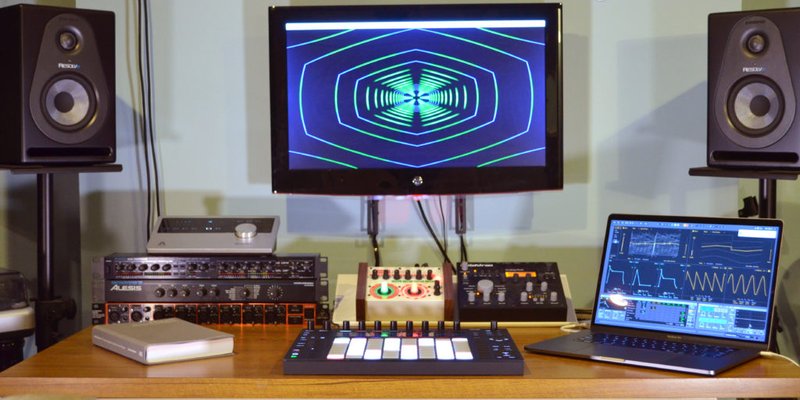
Invest in Studio Monitors
It took me a long time to invest in a set of studio monitors. Before you do it, it does not seem like a very glamorous purchase. Buying a new synthesizer or drum kit is certainly more alluring. But buying a pair of quality studio monitors is probably the single most important thing you can do to improve your mixes.
Unlike consumer stereo systems, studio monitors tend to have a clear and flat frequency response. You want to hear your mix as it actually is, and not how it sounds with the coloration of the current trends in home stereo systems. Quality studio monitors will help you accomplish this.
You won’t need to break the bank to get a decent pair of flat response studio monitors. The Samson Resolv SE5 reference monitors are high-quality and provide an accurate representation of your music. While most consumer speakers have a single-amp design, the Samson Resolv SE5 feature a bi-amp design, which produces a tighter low end. This will allow you to make informed decisions about the elements of your mix. Without the coloration of consumer systems, you won’t find yourself unintentionally compensating for your speakers’ characteristics. Instead, you’ll be able to hear the details of your mix and get a true idea of what your final recording will sound like.
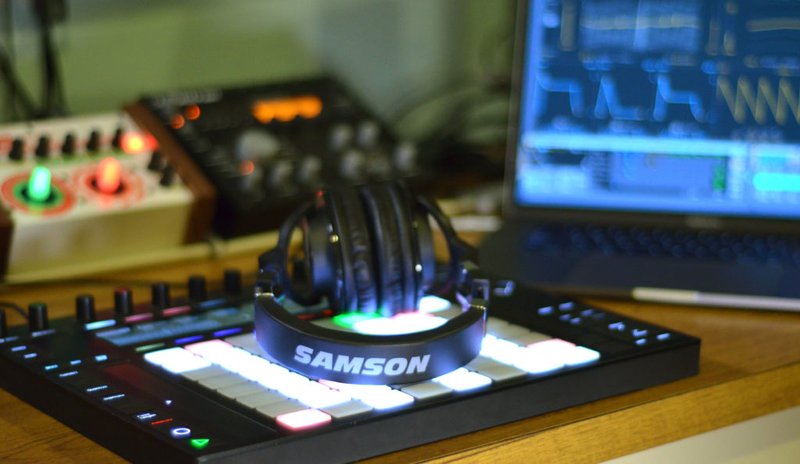
Check Your Mix in Headphones
While studio monitors are great for hearing the frequency ranges accurately, the rooms we mix in will affect what we hear. It’s unlikely that many home studios have perfect acoustics. To combat this we can check our mix in headphones. But just like with our speakers, it’s important that we get a pair of professional studio headphones such as the Samson SR990 Professional Reference Headphones, which offer a flat and natural frequency response (20Hz – 20kHz). Even though many of the popular consumer headphones have professional-quality pricing, these headphones often exaggerate the bass in the music. Once again, we need to avoid these as they give us an inaccurate portrayal of our mix.
Aside from dealing with imperfect room acoustics, headphones also have other advantages. For one, they’re much more portable than studio monitors. You’ll be able to work on your mix anywhere by just plugging your phones into a laptop. Sometimes it’s nice to go somewhere else besides the studio for creative inspiration and headphones will afford you this freedom. Also, you’ll be able to mix even if your neighbors, husband, wife, son or daughter are trying to sleep. Headphones are also really great for making panning decisions. You’ll be able to clearly hear how your mix sounds within the stereo field.
Listening to your mix with headphones can help you hear subtle changes in the stereo positioning of your tracks. While a wide stereo mix may be desirable, it’s important to check your mix’s mono compatibility. The Samson QH4 headphone amplifier has a mono switch that will immediately expose any phasing issues that might go unnoticed in a stereo mix.
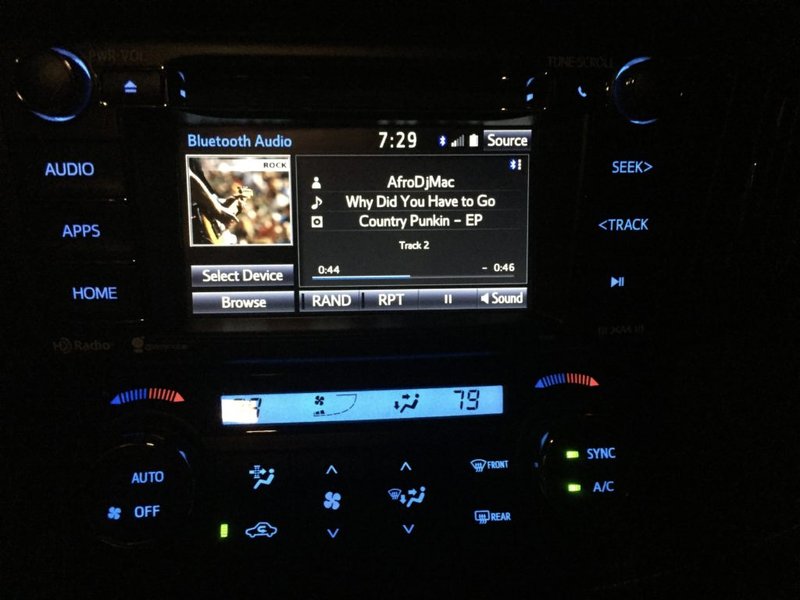
Listen to Your Mix Everywhere
Now that we’ve worked on our mix with both monitors and headphones, it’s worth taking your mix into some other listening environments. It’s important to consider all of the places people may be listening to your tracks. Most people do not have studio monitors and professional grade headphones, so you should listen to how your mix sounds in a variety of places. Now is the time to try the consumer stereo system and trendy bass-boosting headphones. Try systems you are familiar with. It’s likely you spend a lot of time listening to music in your car, so try it there. Be sure to keep your stereo’s equalizer flat. I even like to listen in less than ideal places like cheap ear buds and laptop speakers.
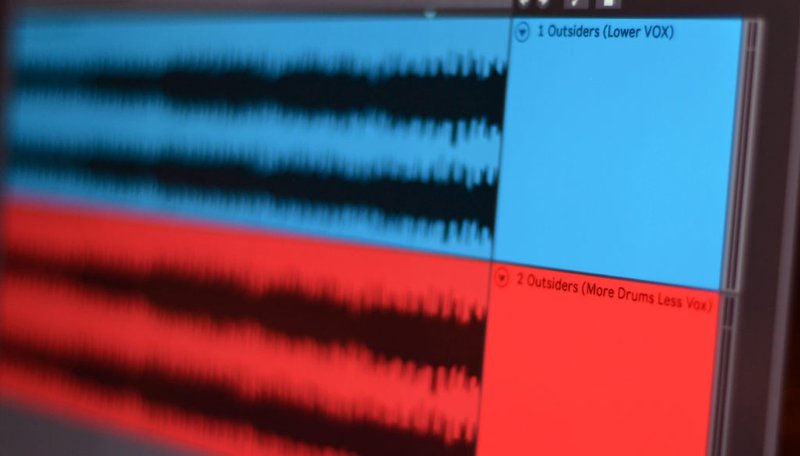
Compare Different Mixes of Your Song
The reality is that people will be listening in a variety of places and you want to make sure your mix translates well to all of them. Sometimes this means going back to your studio and creating multiple mixes is the best way to find out what version of your song will work best. Occasionally, I’ve found that making some sacrifices to the sound in my studio actually helps the mix sound better in more common listening environments. For example, I’ve found myself adding some higher frequency content to a portion of a song that initially only had very low bass, so the mix would sound better on laptop speakers.
The fact of the matter is that getting a solid mix takes work. It’s important to understand how your tracks will sound in a wide variety of listening environments. But with a little patience and practice, you’ll start to have a better understanding of how your mix will sound anywhere people are listening.